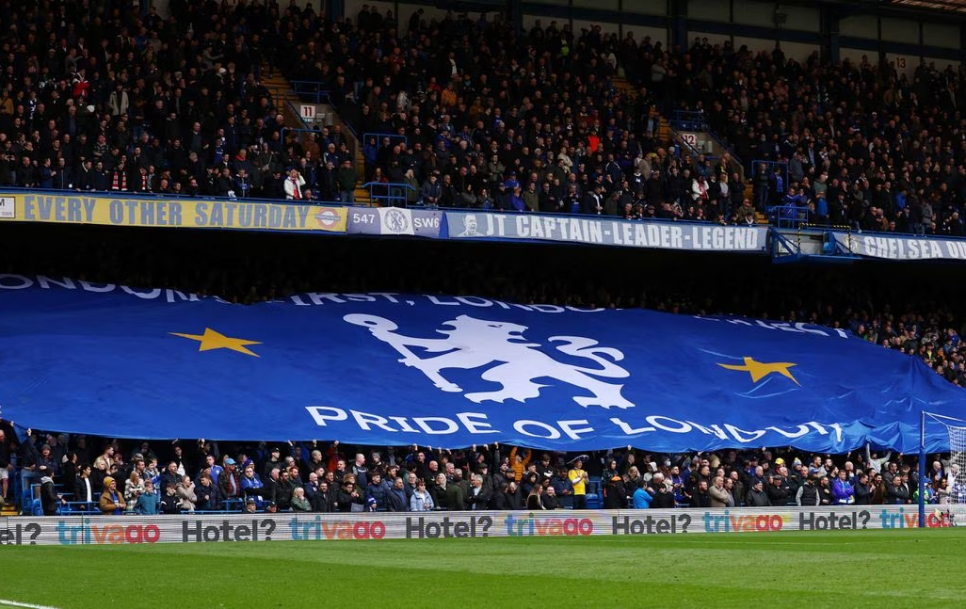Why can Chelsea afford to spend so much?
Over 420 million euros. This is the astronomical amount that Chelsea has spent on the market from July to today. That number could very easily become 470 if the conditions for all the bonuses of the various players purchased are respected or achieved.
In short, almost half a billion euros were squandered like this in about 6 months, as halfway through the 2022/23 Premier League season, Chelsea sits “comfortably” mid-table, in 10th place. How can a club afford such investments without incurring penalties or exceeding the limits imposed by the Financial Fair Play?
Well, the answers to this question exist, but they must be analyzed in detail. The only spoiler we can give is that despite everything, despite the amounts spent and what the Blues will probably spend in the next transfer market sessions, the risk of being punished or fined by UEFA or the Premier League itself is almost nil. Chelsea is moving shrewdly and with great speed compared to their competitors, but without violating the rules.
Let’s start with the rules
Under Premier League rules, a club can lose a maximum of £105m over a 3-year period. However, exceptions are made if the losses are attributable to investments in the women’s team, infrastructure, and academy.
However, according to UEFA rules, over a 3-year period, clubs can record losses in excess of 60 million compared to their income, with a maximum of 70% spent on salaries.
So is it possible that Chelsea, spending more than 425 million in 6 months, risks nothing?
The answer is yes. Since the arrival of the new owners, the Blues have been buying many players for a lot of money, but they are signing long-term contracts, ranging between 5 and even 7.5 years in duration.
Why is this important? Because Financial Fair Play (short FFP), in fact, is based on amortized costs and expenses incurred over the course of 3 years, not a single transaction or a single season. And Chelsea, by buying expensive players but making them sign long-term contracts, can spread the payment of these players over the entire duration of the contract. In fact, the Blues have not paid 70 million plus the 30 bonus to Shakhtar but will pay the Ukrainian club year by year until Mudryk’s contract expires (which he signed until 2031).
In other words: Chelsea has spent almost 100 million for Mudryk, yes, but the amortization of his cost and the deferred payment of this operation throughout the duration of the contract (in addition to his salary) will result in an expense on the Blues’ accounts of just over 13 million euros a year. And the FFP looks at that, at the annual spend, and not at the total spend.
Not only that, unlike the expenses incurred to buy players, the costs deriving from the sale of a player all enter the club’s coffers immediately. What does this mean? Suppose I’m Chelsea, and I sell Tomori and Abraham for around 70 million euros. In that case, I immediately have 70 million available to use, but when I spend 100 million in the same session for a player who then has a 7-year contract, that player that I pay just over 10 a year.
Did you get the trick? Chelsea, not surprisingly, is the team with the highest earnings in the entire Premier League in relation to income from players sold, with 688 million pounds collected (about 750 million euros) in the last 10 years. Add earnings from TV rights, from trophy victories (120 million for winning the Champions League in 2021), and obviously all other sponsorships.
What does this mean in absolute terms?
Chelsea takes risks. If the club doesn’t qualify for European competitions, it could have to give up big expenses for a couple of seasons, or they would have to sell some players to avoid running into penalties, but above all, they risk with player’s contracts.
Mudryk, like other newcomers, are basically bets. Let’s assume that Chelsea pays them 8 million a year for 7 years. This could be a winning move if the player explodes and becomes a top player because, in this way, the Blues would pay a top player just 8 million a year, but also a losing move if the player turns out to be not up to par and makes 2 -3 years on the bench, still being paid 8 million.
Chelsea is just an example of this sort of financial behavior. Many clubs use similar accounting tricks, most notably in Italy, where Juventus recently received a 15-point penalty for financial misconduct. This is just the tip of the iceberg. Look out for many stories like this to follow.






